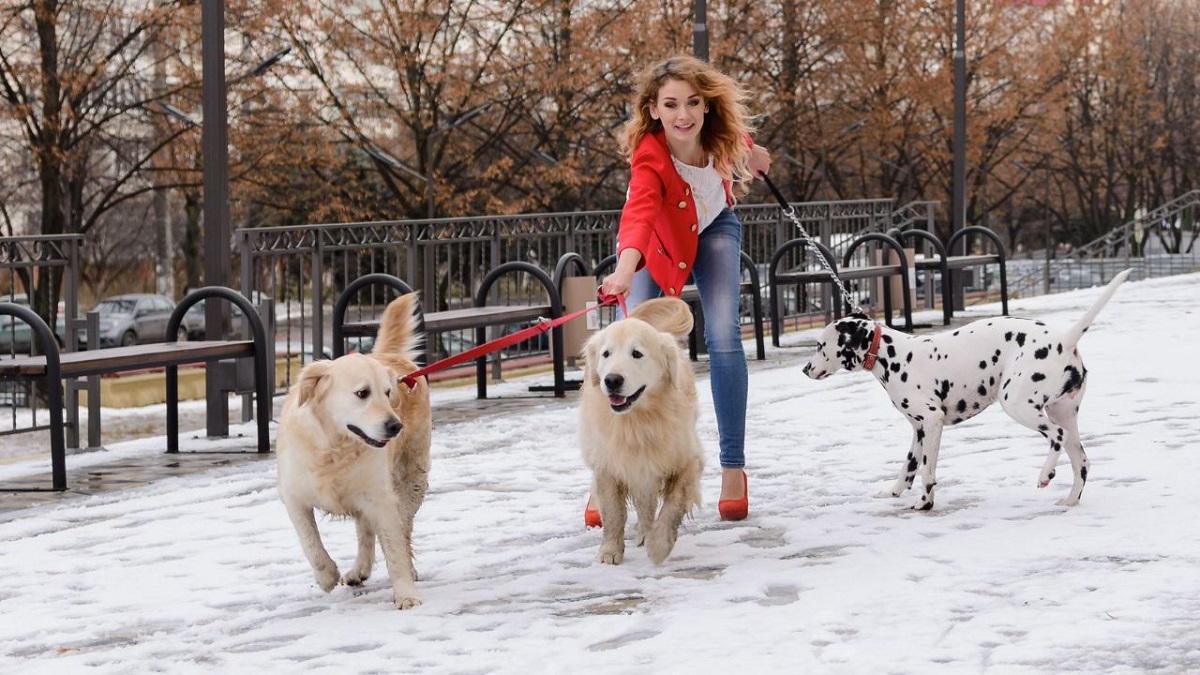The science of memory and attachment
Dogs form strong attachments through repeated experiences that link you with safety, food, play, and calm. Their memory leans toward associative learning rather than human-like narratives. They bind your voice and scent to predictable outcomes, which builds a durable emotional trace. This is why a dog can recognize you even after long absences. The relationship feels immediate, because emotions consolidate memories more deeply than neutral events.
Recognition cues that endure
Dogs rely heavily on smell, with scent-processing areas far more developed than ours. In fMRI studies, familiar human odors activated canine reward centers, suggesting a lasting scent signature. Your cadence of footsteps, speech patterns, posture, and micro-expressions serve as multimodal cues of who you are. Long after routines fade, those cues can still trigger recognition. Many dogs show instant softening of posture and joyful arousal when reuniting with familiar people.
“Dogs don’t measure time in hours; they measure it in the constancy of your scent and routines,” notes a veterinary behaviorist.
How long is “too long”?
There is no fixed clock for canine forgetting. Well-bonded dogs have shown recognition after many months or even years, especially when scent is present. A dog may lose routine expectations after weeks, but retain core recognition of the person who provided safety and care. If the bond was insecure, fragmented, or aversive, recognition may diminish faster over long gaps. In older dogs with cognitive decline, recognition can fade as disease progresses despite past attachment.
Key variables that shape memory
- Quality of the bond: Warm, predictable interactions build resilience over time.
- Duration and type of separation: Calm absences are easier than stressful departures.
- Sensory access during absence: Exposure to your scent or voice helps retention.
- Dog’s age and health: Puppies and seniors have more fragile memory systems.
- Stress and environment: Chaotic settings can interfere with consolidation of memory.
What a reunion looks like
When dogs do remember, their body language is often clear. You may see soft eyes, relaxed ears, sweeping tail wags, and a loose, wiggly torso. They can display brief hyperarousal, then settle into familiar calm as routines resume. Some dogs show quiet relief rather than big displays, especially after stressful periods. Recognition is about emotional meaning, not theatrical reaction, so read the whole dog.
Helping a dog remember during time apart
You can preserve your presence with carefully chosen cues. Leave a worn shirt or bedding to provide a stable scent anchor. Keep feeding and walk schedules consistent through a trusted caregiver. Use the same words and hand signals when others offer cues. Short video calls can help with your voice, though scent is more potent. The aim is continuity, not constant digital stimulation.
Supporting reattachment after long gaps
Reunions should feel safe, predictable, and positive. Start with calm greetings, then reintroduce familiar rituals like walks, play, and short training games. Reward small check-ins and voluntary touch rather than crowding the dog. If the dog seems conflicted or avoids contact, slow the pace and give space to choose you. Gentle consistency rebuilds trust faster than intense emotion.
When forgetting is more likely
True forgetting is more common with cognitive dysfunction syndrome in seniors, which alters memory and orientation. Severe trauma can change associations, overshadowing past attachments with protective avoidance. Long-term rehoming with high quality care can create new primary attachments that eclipse the old. Even then, fragments of recognition may surface with strong scent or contextual cues.
Practical expectations and timeframes
For most well-attached dogs, recognition persists for many months, and often years, especially with scent exposure. Routine habits can fade in a few weeks, but emotional imprints endure far longer. After two or more years, responses vary with the factors above, yet many dogs still show subtle signs of familiarity. Expect variation by individual, and let the dog set the tempo of reunion.
The heart of the matter
Dogs are built to remember meaning, not calendars or clocks. Your voice, your smell, and your rituals become the fabric of security they carry through time. With patience, consistent signals, and compassionate handling, most dogs do not truly “forget” the people who made them feel safe. They simply need the chance to recognize those anchors again and weave them back into daily life.





